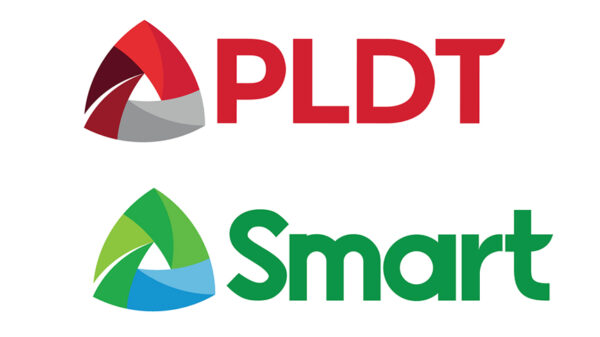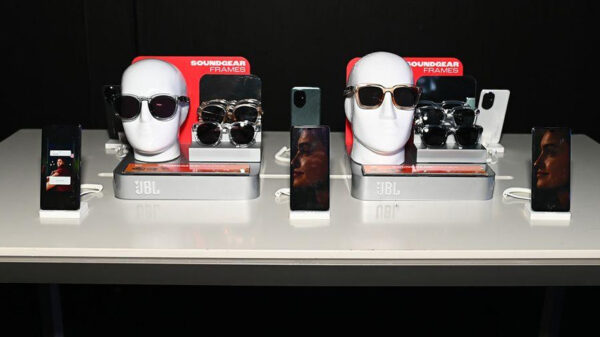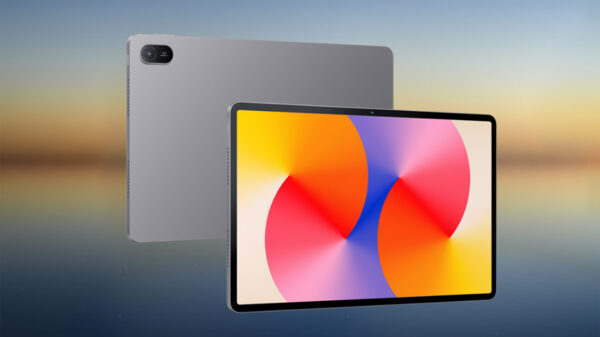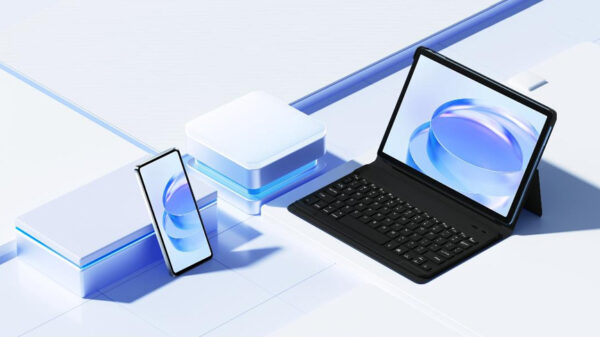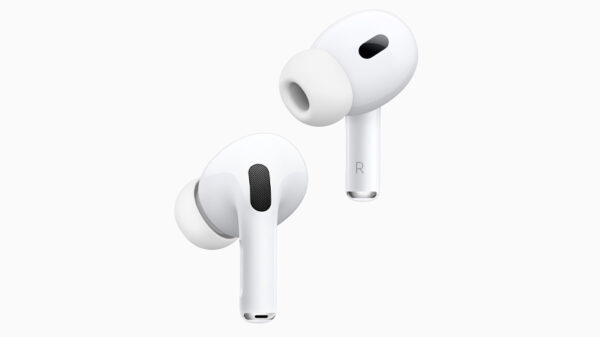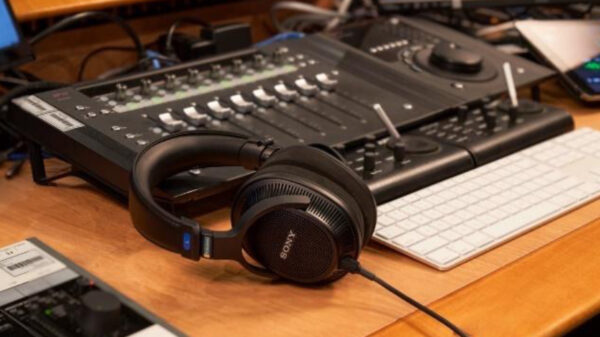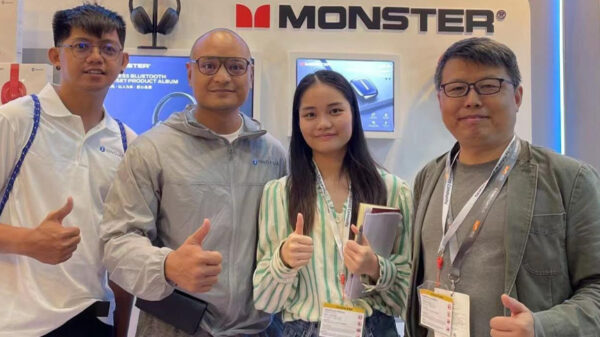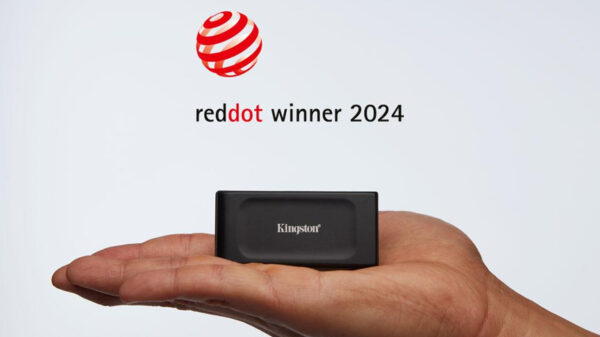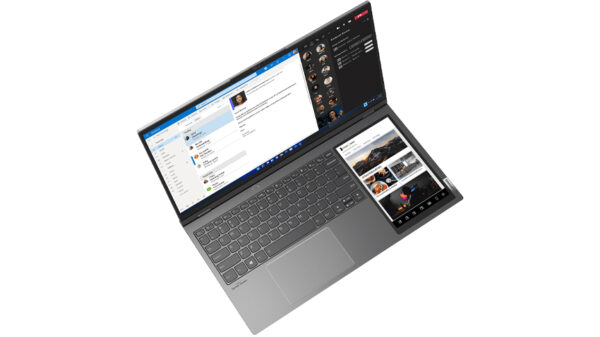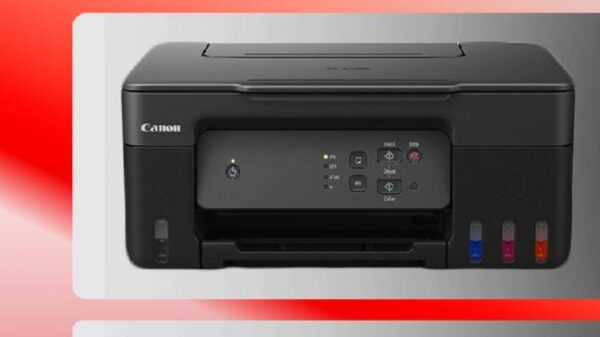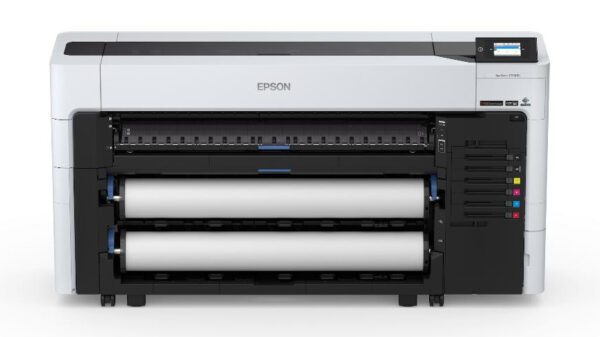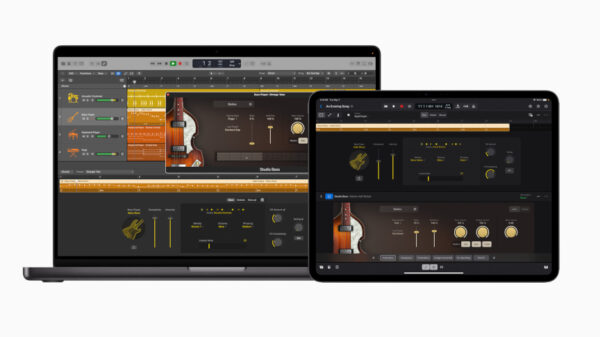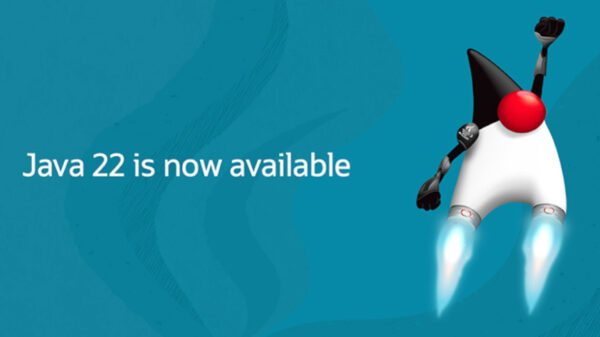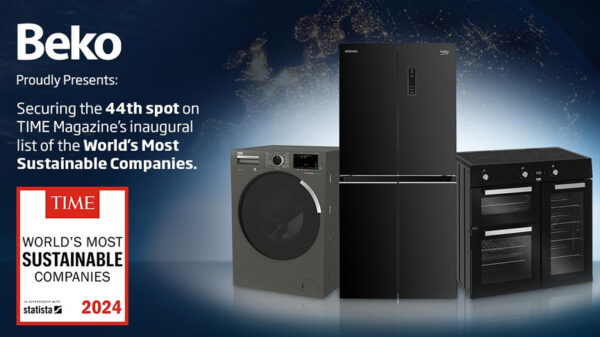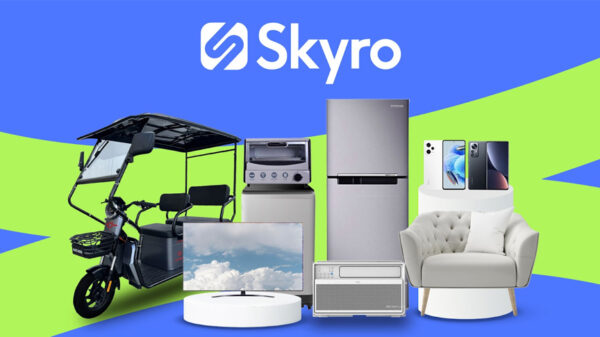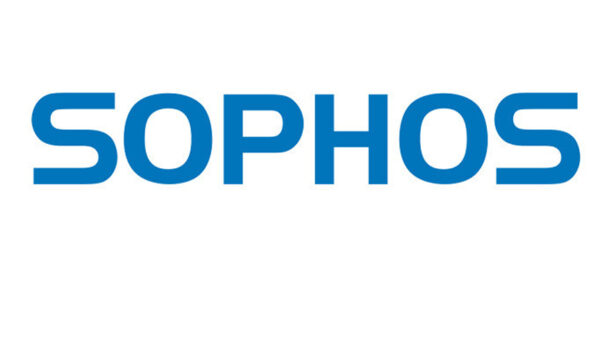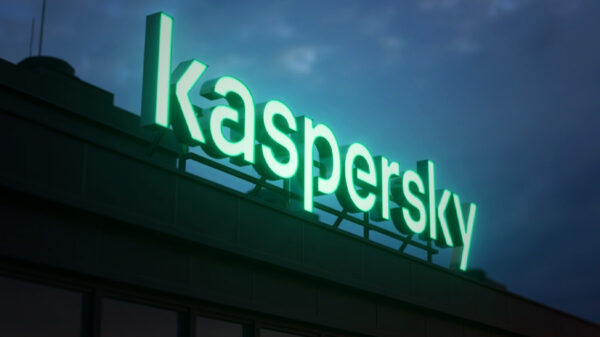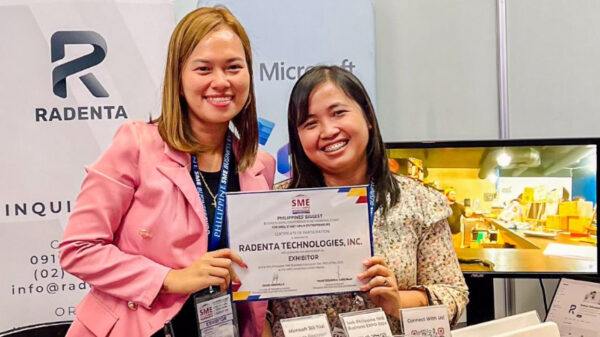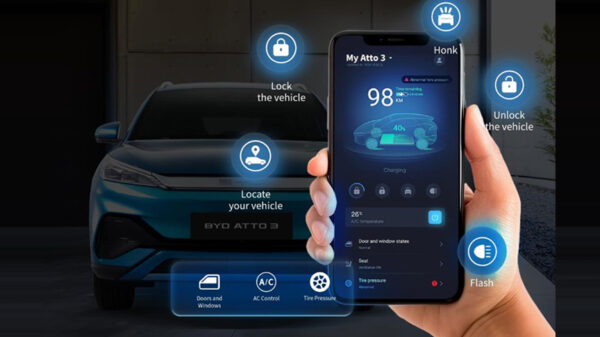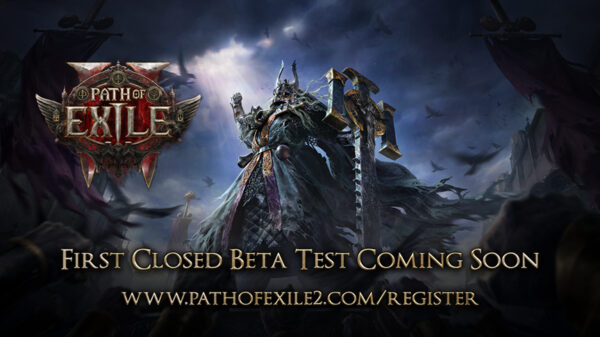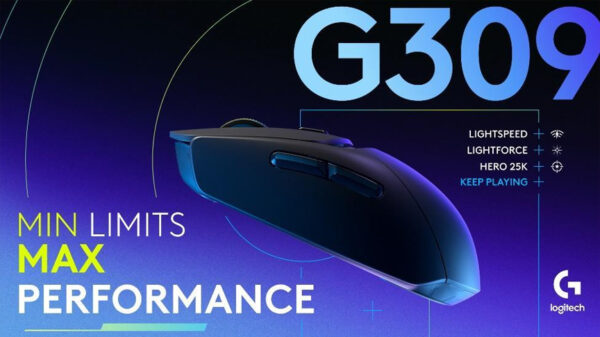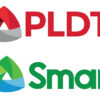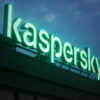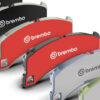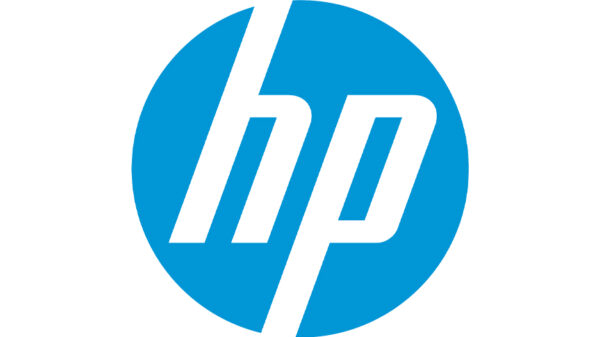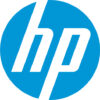LAS VEGAS — Amazon Web Services, Inc. (AWS) proves it is still the king of the cloud, following the fleet of announcements it made during its re:Invent conference in Las Vegas this year.
The number of new offerings the company revealed at its annual conference is just mind boggling, highlighted by a 45-foot container hauled onto the keynote stage by a honking truck, shocking more than 32,000 delegates.
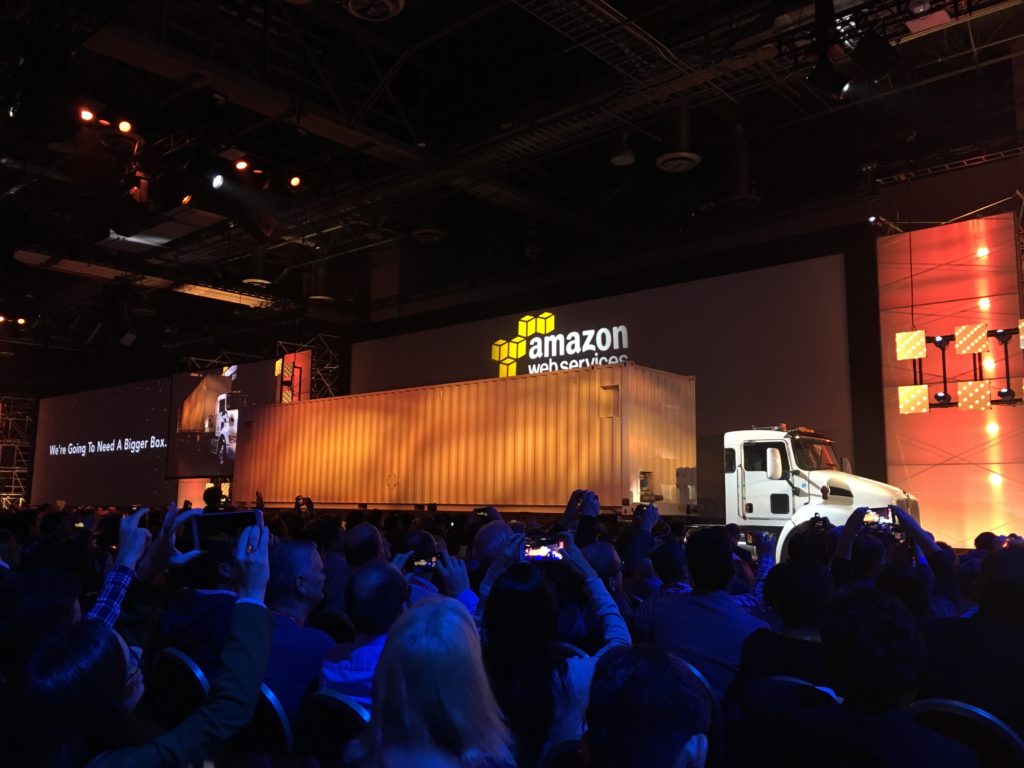
The AWS Snowmobile can be delivered to customers to load with up to 100 Petabytes of data, which will then be uploaded into Amazon’s cloud. PHOTO: MELBA BERNAD
Called a Snowmobile, the container can be delivered to customers to load with up to 100 Petabytes of data, which will then be uploaded into Amazon’s cloud. It can handle data transfers of up to 1TB per second by hooking up multiple 40Gbps fiber connections. The offering, targeted at companies who are decommissioning their data centers, is priced at $0.005/GB/month stored in the Snowmobile.
Minutes before rolling out the Snowmobile, AWS CEO Andy Jassy announced the AWS Snowball Edge, a new hybrid device with on-board storage and compute.
Snowball Edge is like the Snowball announced last year. For harsh environments where there may not be internet connectivity, Snowball is a ruggedized data transfer appliance that can be loaded with up to 80 TBs of data. It’s encrypted and sent to AWS where the data is uploaded to the cloud. Snowball Edge is like the Snowball but adds more storage (up to 100 TB) and some compute functionality to the box.
Available for $300 each, Snowball Edge can store data which can later be uploaded to the cloud. It can also be clustered together in a rack formation.
AWS Snowball Edge is already available to customers in the United States, and is expected to be available to customers outside of the United States in the coming months.
Protection against DDoS attacks
A couple of announcements that received an enthusiastic cheer from keynote attendees, are security offerings unveiled by Werner Vogels, the CTO of Amazon.com, during the 2nd day of the conference.
Vogels announced AWS Shield Standard and AWS Shield Advanced to help customers protect against the largest and most sophisticated DDoS attacks.
“You have no business to be on the internet if you don’t make security your No. 1 priority,” Vogels told delegates.
Vogels says Shield Advanced, which costs $3,000 per month, will provide application-level DDoS mitigation and a 24/7 hotline.
Vogels said Shield Standard blocks volumetric attacks like NTP reflection attacks, and many state exhaustion attacks.
There is no additional cost for Shield Standard. Web applications running on AWS are already protected by Shield Standard so there is no action required from customers, according to Vogels.
‘Super powers’ for developers
Developers that attended this year’s re:Invent were the most ecstatic among the delegates as most of the new offerings announced by AWS were aimed at them.
“This year, we expect to add around 1,000 capabilities to the AWS platform,” said Jassy in his keynote that kicked-off the two-day conference. “The cloud gives builders on the AWS platform ‘super powers’ they never had before.”
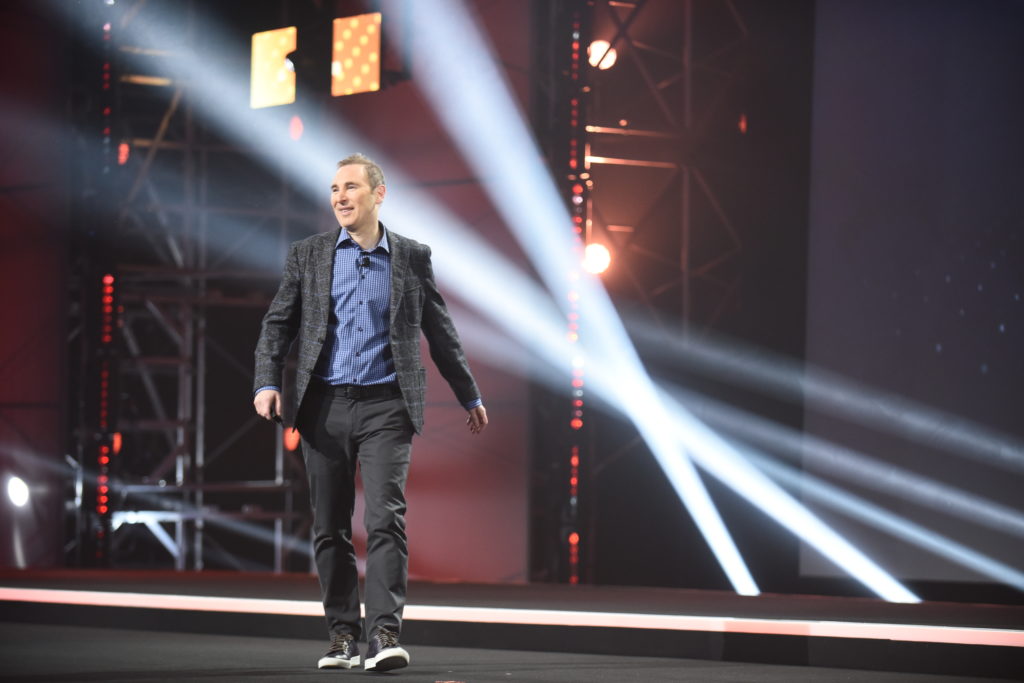
AWS CEO Andy Jassy: “This year, we expect to add around 1,000 capabilities to the AWS platform.” PHOTO: AWS
Jassy announced AWS new virtual private server (VPS) offering called Lighsail, a simple computing platform preloaded with some basic functionality. With just a few clicks, developers can spin up a server preloaded with more than 10 images, including Linux, WordPress and Drupal. VPS automatically configures the SSD-backed storage, networking and security groups to go along with it. Lightsail is available now starting at $5 per VPS Instance per month.
Jassy also introduced AWS Athena, an interactive query service that makes it easy to analyze data in Amazon S3 using standard SQL, without having to set up a data warehouse or provision a database. Amazon Athena costs $5 per TB of data scanned.
Also announced was Amazon Aurora, a cloud-based relational database. It’s compatible with open source standards such as MySQL and MariaDB. Amazon Aurora also supports PostgreSQL.
Turning developers into transformers
In his keynote, Vogels said that “building software is a mindset, not a skill set; it’s how to disrupt the way we are building our applications. So our goal at AWS is to make you [the developers] the transformer.”
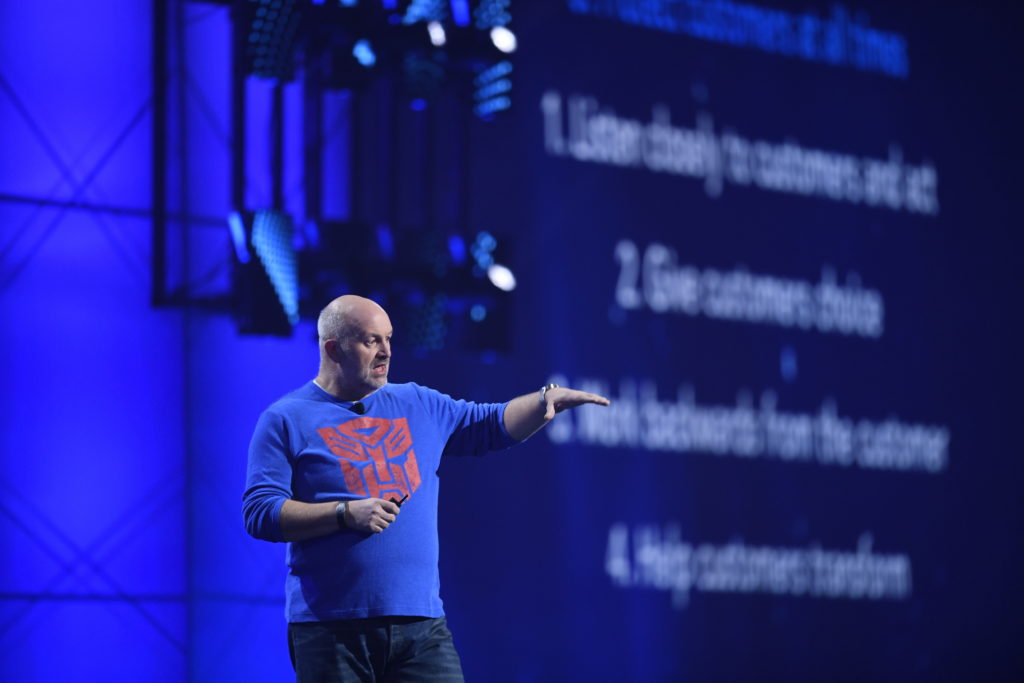
Amazon.com CTO Werner Vogels: “You have no business to be on the internet if you don’t make security your No. 1 priority.” PHOTO: AWS
One of the offerings Vogels announced is the AWS X-Ray, which gives developers the ability to analyze and debug distributed applications in production.
Vogels also announced Lambda@Edge. Lambda is AWS’s event-driven computing platform which executes code without having to provision or manage servers. Lambda now supports the C# programming language, in addition to Node.js, Python and Java.
Vogels explained that Lambda@Edge gives customers the ability to run Lambda functions in AWS’s content delivery network, CloudFront.
Vogels says this is ideal for customers who can automate simple tasks in their CDN deployment so that traffic does not have to be routed back to a centralized server.
C# support is available now for no additional cost and Lambda@Edge is in public preview.
AWS CodeBuild is another product that was launched to help developers who are building applications in Amazon’s cloud to more easily manage their code.
CodeBuild can automatically deploy and test code and any changes to code developers write. When developers are iteratively updating apps, CodeBuild can test changes to ensure they’re accepted and implemented as intended.
CodeBuild is available now and starts at $0.005 per build minute.
Marrying IoT with cloud
Jassy says that an increasing number of companies are deploying IoT devices today. However, many of these devices tend to be relatively limited in their capabilities with a very small amount of CPU and storage, says Jassy. Many of the devices are also installed in places with no internet connectivity.
To address this issue, AWS announced AWS Greengrass, a software for running AWS Lambda functions and AWS IoT functionality locally on virtually any connected device, such as those for smart homes, agriculture, and manufacturing, among others.
Jassy revealed that Intel, Qualcomm, and Phillips are just some of the companies that are embedding AWS Greengrass in their products.
Marco Argenti, vice president, Mobile and IoT at AWS, says Greengrass is essentially for IoT devices that have intermittent network connections. Greengrass could enable these devices to perform basic data processing then when an internet connection is available the data can be uploaded to the cloud. Up to three devices will be free, then each additional one is $0.16 per month.
OEMs will be able to use Greengrass code or software development kits (SDK) to implant the functionality directly into devices, or customers can upload the software into existing devices, such as a Rasberry Pi.
AWS Greengrass works on almost any device with a general-purpose CPU that runs Ubuntu or Amazon Linux, and supports ARM and x86 architectures.
Programming AWS Greengrass devices is as easy as creating AWS Lambda functions; developers can use the same programming language and model that they use in their existing AWS environments and deploy the AWS Lambda functions to their connected devices. This also means that developers can create and test their device software in the cloud, and then seamlessly deploy it to all of their devices.
With AWS IoT’s messaging functionality, devices can send messages to one another on a local network when there is no available connection to AWS.
AWS Greengrass authenticates and encrypts device data at all points of connection using AWS IoT’s security and access management capabilities so that data is never exchanged between devices or the cloud without proven identity.
Maching learning and AI
AWS also made three announcements related to machine learning (ML) and artificial intelligence, all of which supposedly make it easy for any developer to build apps that can understand natural language, turn text into lifelike speech, have conversations using voice or text, analyze images, and recognize faces, objects, and scenes.
Amazon is very committed to AI, with thousands of employees across the companies focused on AI, according to Jassy.
The first offering announced by Jassy is Amazon Rekognition, which analyzes and detects trends in images and can automatically sort images based on common characteristics. It can recognize facial features and objects such as cars and furniture.
Amazon Rekognition is available now. Up to 5,000 images per month can be processed free, then the first million after that are $1 per 1,000 images processed.
Another new machine learning product announced by Jassy is Amazon Polly, which converts text into speech. Developers can input text via an API or manually through the AWS Console and the Polly program will output an audio file in dozens of optional voices and languages.
Up to 5 million characters per month can be processed now with Amazon Polly at no charge. After that, it costs $0.000004 per character, or about $0.004 per minute of generated audio.
The third new machine learning offering is Amazon Lex, which allows developers to program their applications to understand speech and have conversations. It’s the technology that’s inside the Amazon Alexa platform.
Users map out expected conversation flows into the system, which Lex then executes. This could become a component in an automated chatbot, for example.
Customers can sign up for a preview of Lex, priced at $0.004 per voice request and $0.00075 per text request.
All of these new machine learning tools are meant to be integrated into applications that developers build and host in the AWS cloud.


